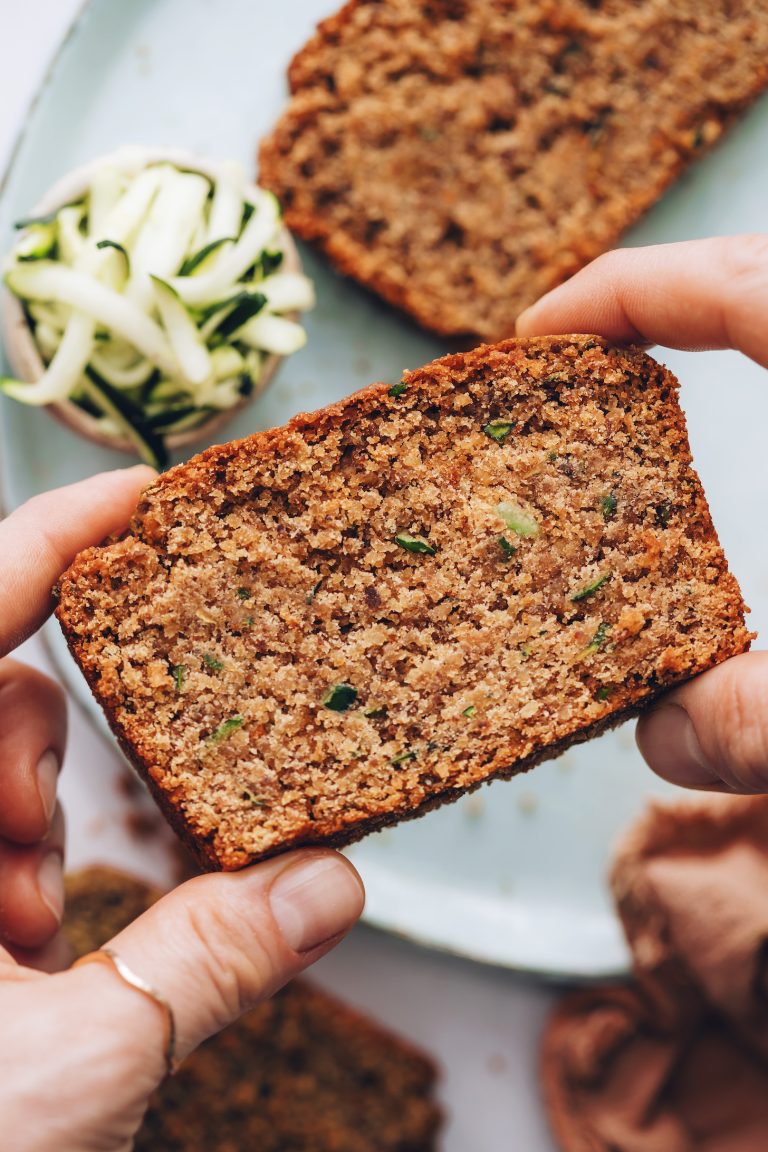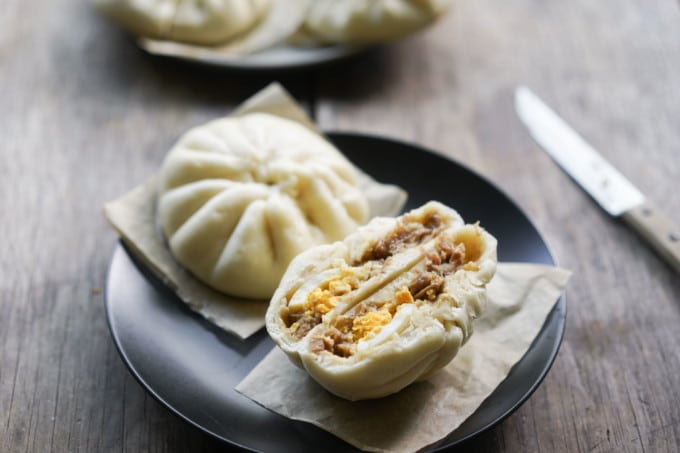Homestyle Potato Chips Recipe
Homestyle potato chips are artisanal snacks prepared using simple ingredients like potatoes, oil, and salt. Unlike mass-produced varieties, homestyle chips maintain a rustic charm with their unevenly cut, often thicker slices cooked to perfection in small batches. This method ensures a rich, hearty flavor and a satisfying crunch that distinguishes them from commercial brands. They often retain the potato skins, adding an earthy taste and fiber.
Popular Brands and Their Unique Offerings
Several brands focus on delivering the authentic taste of homestyle potato chips, each with its unique spin.
- Kettle Brand: Known for its thick, crunchy texture and range of bold flavors like Sea Salt & Vinegar and Jalapeño.
- Cape Cod: Famous for its hand-stirred batches that create a golden, crispy chip with varieties like Original and Sweet Mesquite Barbecue.
- Lay’s Kettle Cooked: Features a balance of crunch and flavor with offerings such as Original, Mesquite BBQ, and Jalapeño.
- Deep River Snacks: Known for its simplicity and high-quality ingredients, with flavors like Sea Salt and Aged Cheddar Horseradish.
Each brand uses distinctive techniques and seasoning blends to offer unique experiences with every bite.
The Making of Homestyle Potato Chips
Key Ingredients and Their Roles
Potatoes provide the core ingredient, contributing to the chips’ flavor, texture, and overall quality. Varieties like Russet and Yukon Gold are popular choices. Oil functions as the cooking medium, essential for browning and crisping. Common options include sunflower, canola, and peanut oil. Salt enhances taste and acts as a natural preservative. Occasionally, additional seasonings like black pepper, paprika, and garlic powder give distinctive flavors matching the brand’s unique profile.
Production Process: From Potatoes to Chips
Selection involves choosing high-quality, uniform potatoes. Washing removes dirt and impurities. Slicing cuts the potatoes into thick, even slices, typically with the skins left on. Blanching is occasionally used to reduce starch content and promote uniformity in cooking. Frying is done in small batches, immersing the slices in oil heated to 350-375°F until golden and crunchy. Draining removes excess oil, and salting occurs immediately after frying to ensure adherence. Packaging follows, sealing the chips in airtight bags to keep them fresh and crunchy until you open them.
Flavor Profiles of Homestyle Potato Chips
Classic Flavors and Their Appeal
Homestyle potato chips often feature classic flavors that rely on simplicity and exceptional taste. Salted chips emphasize the natural flavor of the potato, with a perfect balance of saltiness. Salt and vinegar chips deliver a tangy and salty bite, offering a zesty contrast to the crisp texture.
Barbecue-flavored chips combine smoky, sweet, and spicy notes, making them an all-time favorite. Sour cream and onion chips mix the creaminess of sour cream with onion’s sharpness, achieving a rich flavor profile. Cheddar cheese chips provide a savory and creamy experience thanks to their bold, cheese-forward taste.
Innovative Flavors on the Rise
While traditional flavors satisfy many, innovative options are emerging in the homestyle potato chip market. Jalapeño-flavored chips add a spicy kick, appealing to those who enjoy heat. Sea salt and cracked pepper chips introduce a subtler seasoning with a touch of sophistication.
Truffle-flavored chips, combining the earthiness of truffle with the simplicity of potato, cater to gourmet tastes. Salted caramel chips deliver a sweet and salty contrast, blending crispy potato textures with caramel’s richness.
Some brands experiment with global flavors, like Szechuan pepper or wasabi, to provide an international twist. Rosemary and olive oil chips offer an herbaceous and elevated flavor experience.
By exploring both classic and innovative flavors, homestyle potato chips cater to diverse taste preferences, ensuring there’s something for everyone.
Health Considerations of Homestyle Potato Chips
Caloric and Nutritional Content
Homestyle potato chips offer a unique crunchy taste but pack a significant caloric punch due to their frying process. A 1-ounce (28-gram) serving typically contains around 150 to 160 calories, with about 10 grams of fat. These chips provide roughly 2 grams of protein and about 15 grams of carbohydrates, mainly from starch. Retaining the skins adds some fiber, contributing about 1 to 2 grams per serving and providing small amounts of vitamins and minerals such as potassium and vitamin C. However, the high fat content, primarily from the frying oil, impacts overall nutritional value.
Comparisons With Other Snack Foods
Comparing homestyle potato chips to other snack foods like pretzels, popcorn, and nuts provides perspective on their health impact. Pretzels, for instance, contain fewer calories (approximately 110 per ounce) and less fat (about 1 gram), yet have higher sodium levels. Popcorn, especially air-popped, offers a lower-calorie option, with around 30 calories per cup and minimal fat. However, flavored or buttered varieties can spike both calorie and fat content. Nuts like almonds provide healthy fats and protein but are calorie-dense, averaging 160 calories and 14 grams of fat per ounce. Each snack has distinct nutritional profiles, making it essential to consider individual dietary needs when choosing between them.
Consumer Preferences and Trends
Demographic Insights
Understanding consumer demographics is crucial for any product, including homestyle potato chips. Age plays a significant role in chip consumption. Younger consumers, particularly those aged 18-34, often prefer innovative and bold flavors like Sriracha or truffle. In contrast, older demographics, such as individuals over 50, tend to favor classic flavors like sea salt or barbecue.
Income levels also influence purchasing behavior. Higher-income households may seek premium, organic options, while middle-income families might prioritize value packs and bulk purchases. Regional preferences significantly impact flavor popularity. Southern states in the US often show a preference for spicy and tangy flavors, while Midwest consumers might lean towards cheese-flavored chips.
Market Trends and Future Outlook
Current market trends show a growing demand for healthier potato chip options. Consumers increasingly opt for products free from artificial additives and preservatives. There’s a noticeable shift towards chips cooked in healthier oils like avocado or coconut oil. Non-GMO and gluten-free labels attract health-conscious buyers.
Sustainability trends influence purchasing decisions. Brands using eco-friendly packaging or promoting ethically sourced ingredients see increased consumer interest. Innovation in flavor profiles remains key to capturing attention, with limited-edition releases and co-branded products creating buzz.
The future outlook for homestyle potato chips is promising. The trend towards personalized nutrition may drive custom chip options with controlled salt and fat levels. Technology integration, like apps for flavor pairing suggestions, could enhance consumer engagement and loyalty. Expect continued growth in demand for both traditional and health-focused varieties.
Conclusion
Homestyle potato chips offer a unique blend of rustic charm and modern appeal. Their artisanal qualities and diverse flavors make them a favorite among snack enthusiasts. With a focus on high-quality ingredients and small-batch production, these chips stand out in both taste and freshness.
As consumer preferences shift towards healthier options, the market for homestyle potato chips will likely continue to grow. Whether you’re drawn to their nutritional benefits or the rich variety of flavors, there’s no denying their place in the evolving snack landscape.
Stay tuned for more innovations and trends in the world of homestyle potato chips. Your next favorite snack might just be a bag away.






